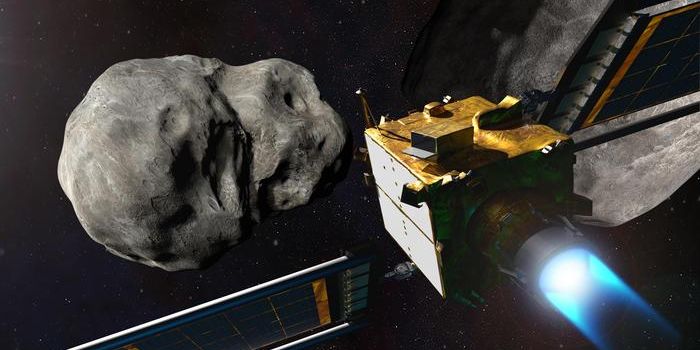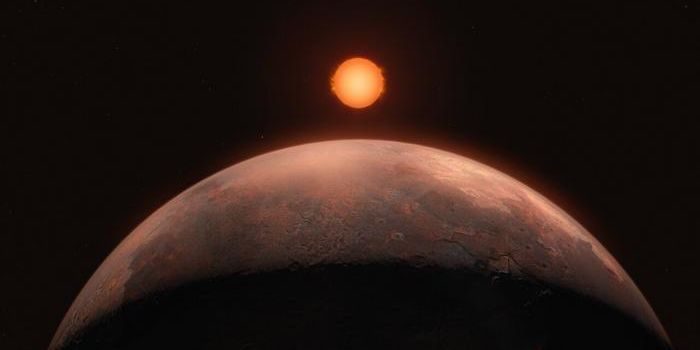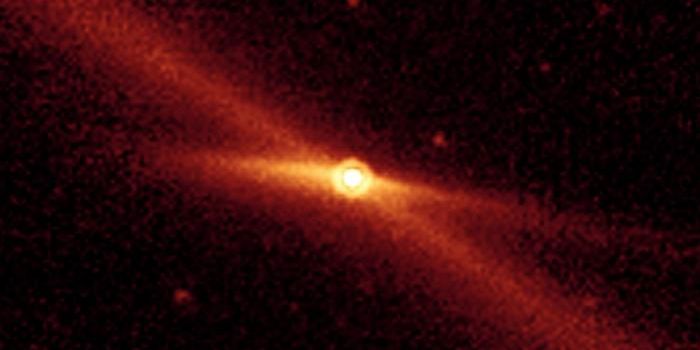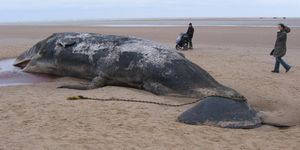TESS Finds its First Earth-Sized World in a Star's Habitable Region
Astronomers are continuously searching for exoplanets in the deepest reaches of our galaxy, and while the Kepler Space Telescope might be a thing of the past these days, NASA’s Transiting Exoplanet Survey Satellite (TESS) has proven to be quite the capable replacement.
Just this past week, NASA reported that TESS had discovered its very first Earth-sized world residing in another star’s habitable region, and it was later confirmed to exist with NASA’s Spitzer Space Telescope. In a nutshell, this means that a distant world named TOI 700 d potentially sports life-friendly temperatures and may even be capable of supporting liquid water on its surface as the Earth does.
The exoplanet’s host star, a red dwarf about 40% the mass of our Sun dubbed TOI 700, resides approximately 100 light-years away in the constellation Dorado. Using the transit method of detecting dips in starlight, TESS detected at least three exoplanets orbiting the star, including TOI 700 b, TOI 700 c, and the elephant in the room, TOI 700 d. The first two aren’t habitable by any stretch, but TOI 700 d could be different.
TOI 700 d is estimated to be only about 20% larger than Earth, and while it circles its host star closely enough to complete an orbit once every 37 days, astronomers also say that the world only receives about 86% of the solar energy that the Earth does from the Sun. On the flip side, all three exoplanets appear to be tidally locked to the host star, and it remains to be seen if this impacts habitability at all.
TOI 700 d is much too far to image directly or to even try to fully understand from a compositional sense, but now that we know it exists, we can only hope that technology will improve in the future to allow us to more accurately determine its habitability. Findings from this discovery could also help with future observations.








